HOME > Basketball
Don’t play inside even if you have the height advantage! Is Klingen heading towards the next Ayton?
10:27pm, 15 November 2025【Basketball】
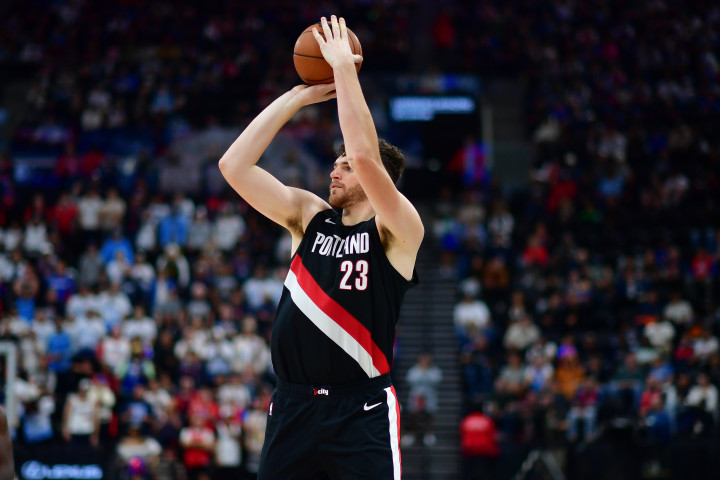
Translator's Note: This article was originally published by SBNation and the author is ReeseKunz. The data in the article are as of the time of publication of the original article (November 15th, local time). The opinions in the article have nothing to do with the translator and the platform.
While we appreciate Donovan Klingen's attempt to open up the offensive space for the team, the Trail Blazers' big man should have shown dominance that was more in line with his physical condition - you know, he is 2.18 meters (7 feet 2 inches) tall and weighs 127 kilograms (280 pounds).
Klingen is one of the biggest players in the league. He knows how to use this advantage on the defensive end: whether he is helping to block the opponent's breakthrough route, or standing under the basket to interfere with layups, he can build top basket protection for the Blazers. However, in sharp contrast, in terms of offensive performance, he failed to continue his excellent defensive performance. His role on the offensive end has gradually declined step by step from being "irrelevant" at the beginning, and has even slowly become a burden on the team's offensive end.
This season, Klingen averaged 8.2 points, 8.9 rebounds, 1.2 assists and 1.5 blocks per game. However, in terms of outside shooting, his performance was obviously unsatisfactory: his three-point shooting percentage was only 19.4%, and what is more noteworthy is that he averaged 2.8 three-pointers per game, which is controversial in itself from the Trail Blazers' tactical needs and his own "inside monster" technical characteristics. Overall, his data has improved compared to his rookie season, but combined with the team's expectations for him, we originally thought he could achieve a greater breakthrough in his second season.
Klingen ignored his biggest advantage

The Trail Blazers bought out last season's starting center DeAndre Ayton during the offseason. This operation directly cleared the way for Klingen to increase his role. Klingen himself has also worked hard in the offseason and greatly improved his physical fitness through systematic training in order to maintain his condition for longer playing time. From the perspective of team planning, it is correct to prioritize cultivating this future core center. But we have to objectively point out that during the current game, Klingen obviously lacks the physical confrontation and offensive aggression that he should have, and this key feature is almost the same as the previous Ayton.
As the Blazers' interior defensive pillar, he only averaged 4.8 defensive rebounds per game - a performance that was seriously inconsistent with his height of 2.18 meters and weight of 127 kilograms. But what is even more worrying is his offensive end: the reason why the opponent team dared to leave him open on the outside is actually because they saw through his low efficiency on the outside and lack of aggression on the inside, so they dared to focus their defense on other players.
In the game against the New Orleans Pelicans, Klingen faced the 2.06-meter (6-foot-9-inch) rookie Derek Quinn. He could have used his height advantage to seize mismatch opportunities and attack the basket, but he ultimately failed to do so. Throughout the season so far, Klingen and the Blazers have been focusing on the strategy of dominating from the outside, so the situation of "facing smaller opponents without taking advantage of their height" has always been the case in many games this season.

A good balance needs to be struck here: Klingen is only 21 years old and still has enough time to develop his offensive skills. He may become the "next Brook Lopez" on the offensive end in the future. We appreciate his confidence in trying outside shots, but this style of play is currently affecting the Blazers' offensive efficiency - and this may be one of the important reasons why the team's interim head coach Splitter chose to vigorously promote a more flexible small-ball lineup that focuses more on outside shooting after taking over Billups as the head coach.
Since Grant or Avdija can provide a more reliable space-opening effect, why should Klingen stay in the five-out lineup? You know, the core purpose of letting Klingen play is to use his height and physical advantages to establish an advantage in the interior. But when he can't dominate the penalty area, his weaknesses - slow movement, poor perimeter defense, insufficient space contribution, etc. - will overshadow his value. If he continues to struggle on the defensive glass and insists on shooting from outside, the Blazers might as well replace him with a player who is more suitable for this role.
From the perspective of the team's future planning and reconstruction direction, Klingen is still the Blazers' clear choice for the future starting center, and he is also the team's value-for-money rookie selected with the 7th overall pick, but he can never become the next Ayton. The Trail Blazers bought out Ayton and paid a considerable salary price, not to watch this replacement with better physical conditions follow Ayton's old path and become the next player like Ayton who lacks initiative and aggression on the offensive end and is unable to shoulder the heavy responsibility of inside offense.
The good news is that Klingen still has enough time to polish his outside skills. But for now, he must focus on controlling the penalty area and taking advantage of height mismatches. When he was at the University of Connecticut, he relied on this style of play to help the team win two consecutive NCAA national championships - and this is what the Blazers need him to show most now.
Related Posts
- Pelicans vs. Lakers Preview: The Pelicans are in a sluggish state, and the Lakers are in desperate need of a rebound after their disastrous defeat.
- Bad news for the Lakers loss to the Thunder! The defense is bad, Doncic s play is wrong, and it s difficult for Rivers to fight hard.
- He has thick eyebrows and is very fat, and his body is as big as a bear. The Lone Ranger s food is really delicious.
- In the opening game of the new season, the Clippers fell behind by 24 points in the first quarter. The Jazz shot 16 of 20 in a single quarter. Harden and Paul were in a slump.
- Can Horford No. 42 jersey be retired from the Celtics? US media strongly support: His spirit and leadership are priceless
- Kumingga s farce is getting worse, and the boss Rakob angers Butler, Curry still keeps silent
- The Trail Blazers are 11th, the Spurs are 8th! US media predicts the Western Conference rankings in the new season: Clippers are 5th, Rockets are 3rd, and what are the Lakers?
- Porzingis: If the Celtics don t win the championship, we can exceed expectations in the Hawks
- Causing controversy! Yang Yi: If I were Guo Shiqiang, I would take Yang Hansen. If I don’t fight for the Asian Cup, something will happen.
- Durant Curryton was not Harden s opponent, both of them were almost defeated by the Rockets.
Hot Posts
- Pelicans vs. Lakers Preview: The Pelicans are in a sluggish state, and the Lakers are in desperate need of a rebound after their disastrous defeat.
- Bad news for the Lakers loss to the Thunder! The defense is bad, Doncic s play is wrong, and it s difficult for Rivers to fight hard.
- He has thick eyebrows and is very fat, and his body is as big as a bear. The Lone Ranger s food is really delicious.
- In the opening game of the new season, the Clippers fell behind by 24 points in the first quarter. The Jazz shot 16 of 20 in a single quarter. Harden and Paul were in a slump.
Recommend
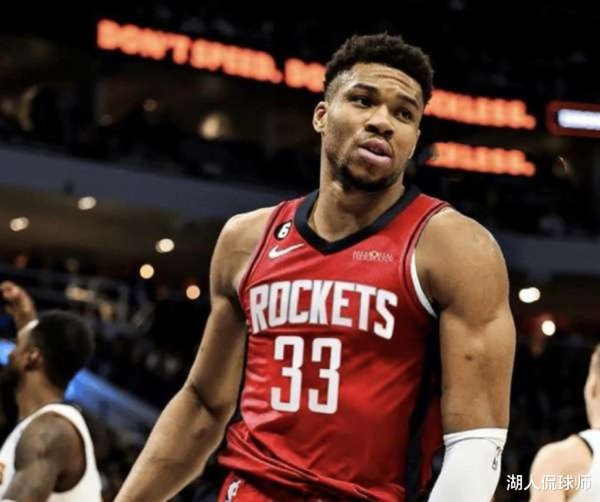
Goodbye Green! Antetokounmpo may go to the Rockets in the offseason and form the Big Three with Thompson Shinkyung
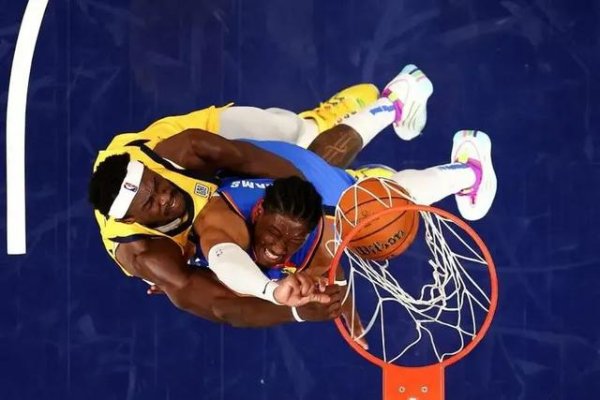
Lario Bryan Cup Curse: Thunder Pacers Ticket 7 reveals the cruel truth on the road to winning the championship

Doncic decisively rejected Kim Kardashian, and Odom’s past experience exposed"draining the risk of his skills"
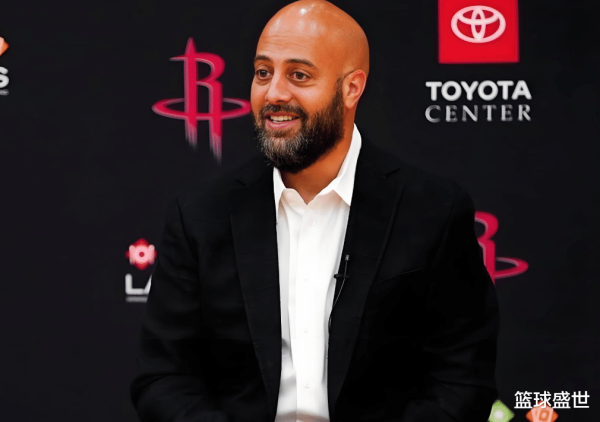
An unexpected reconstruction! How did Stone save the Rockets?

The Clippers quoted Durant & with Powell + D Jones + Bogdan + draft pick; but refused to give Zubac
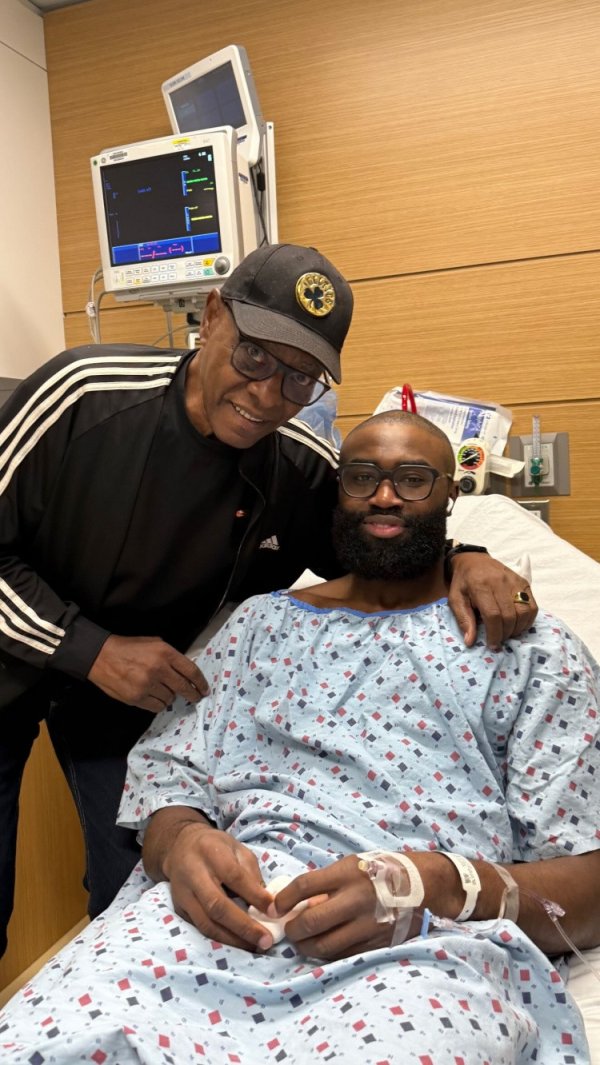
Successfully undergoes right knee arthroscopic debridement surgery! Jaylen Brown updates IG dynamic report

It is revealed that many teams such as the Bucks, Magic, and Warriors are interested in Burks, and he himself tends to return to the Heat

Maybe sell two main players! The Celtics are decisive and don’t want any lineup to win the championship?